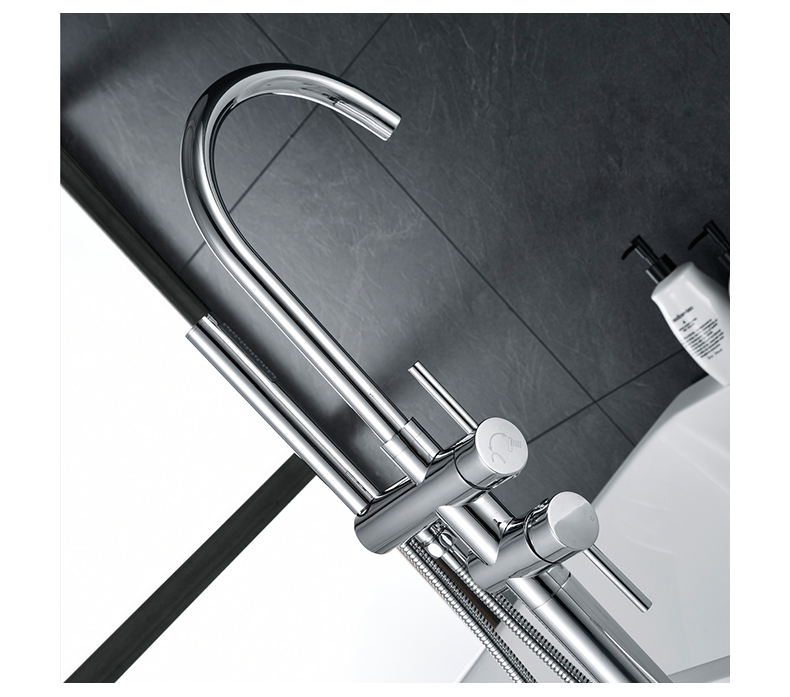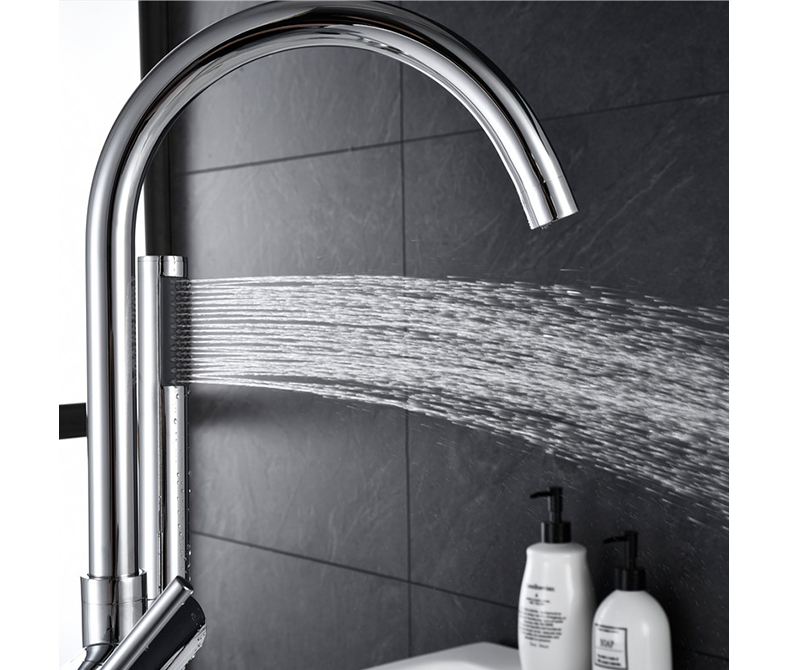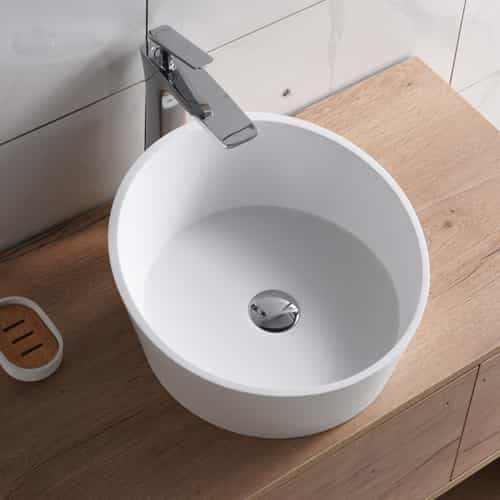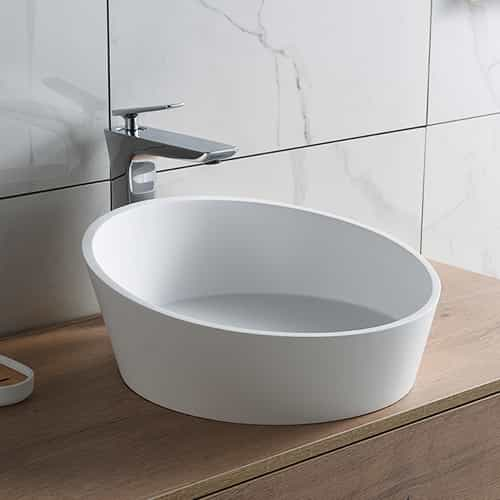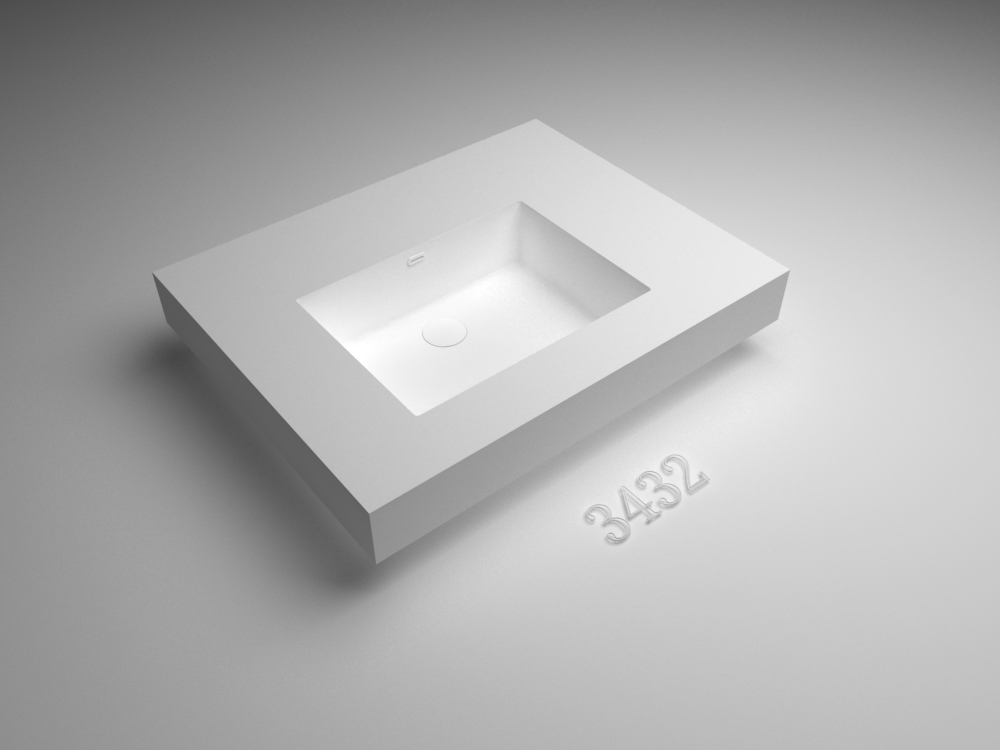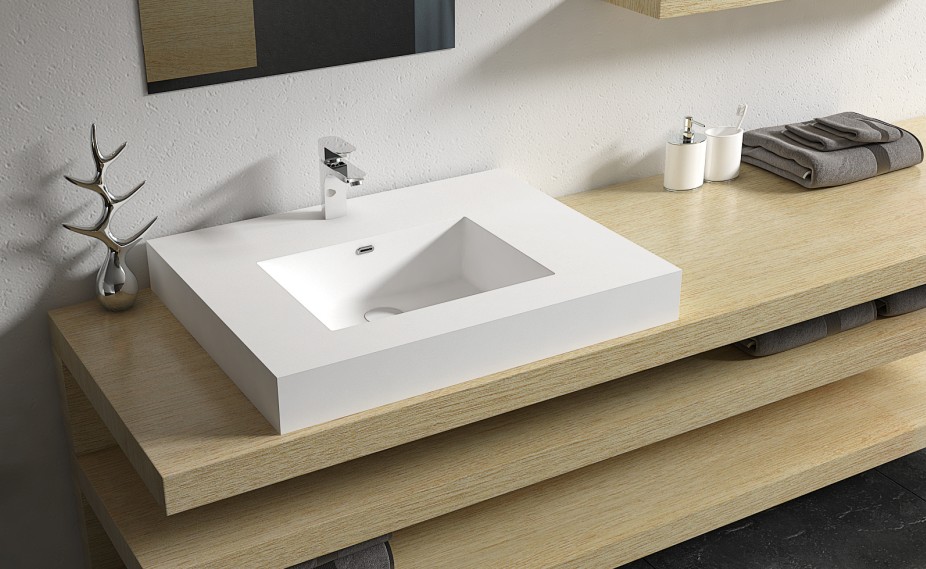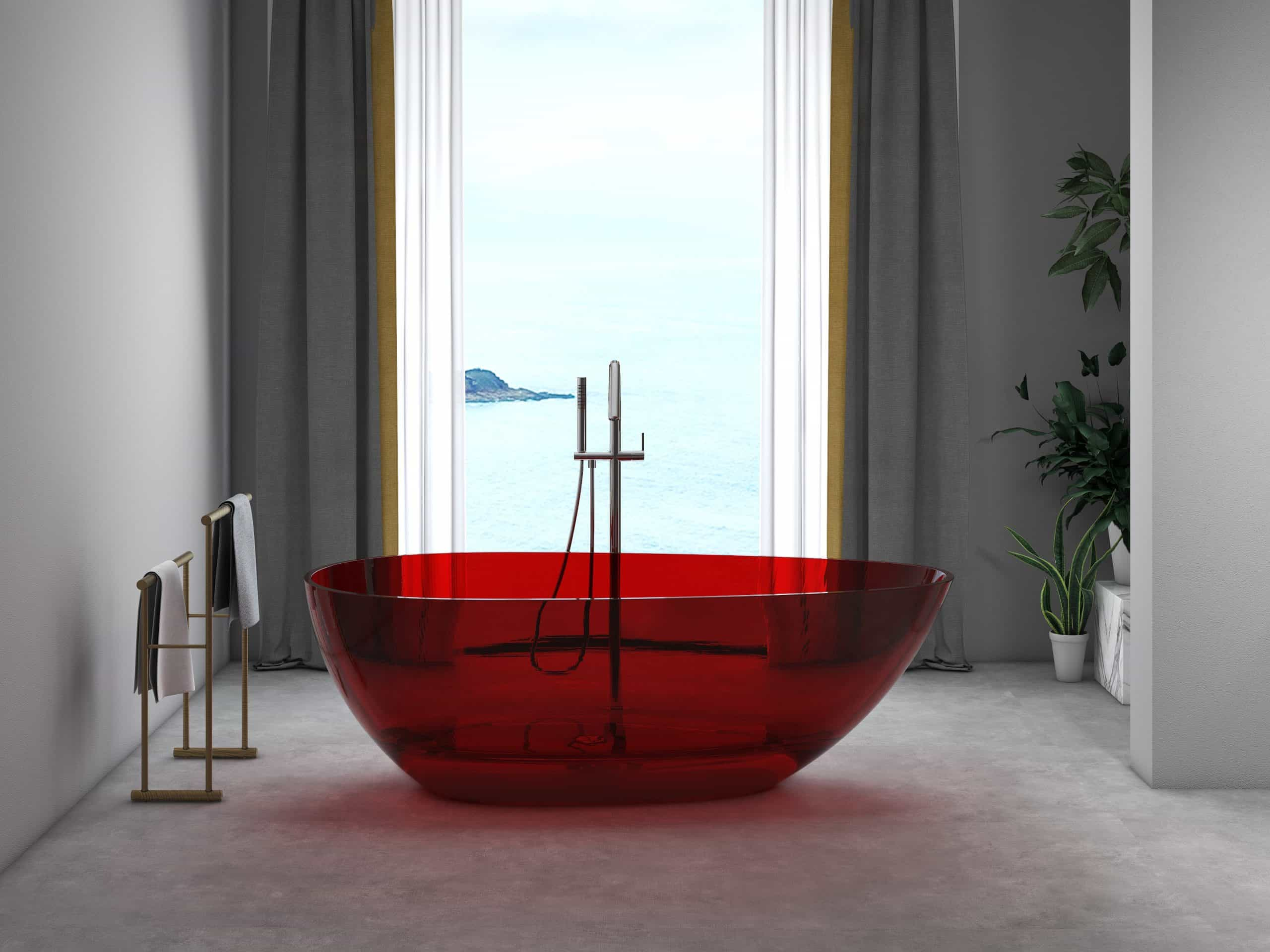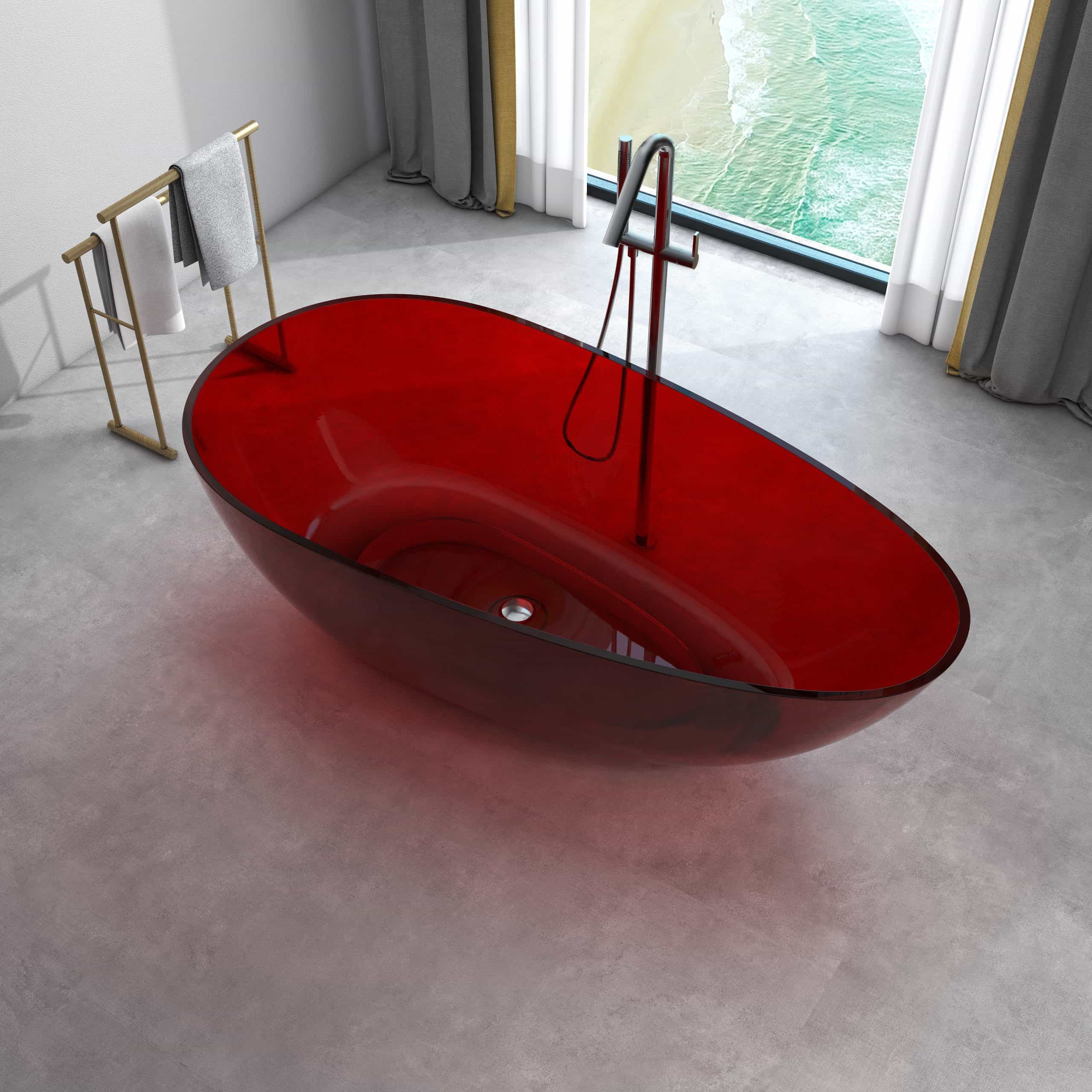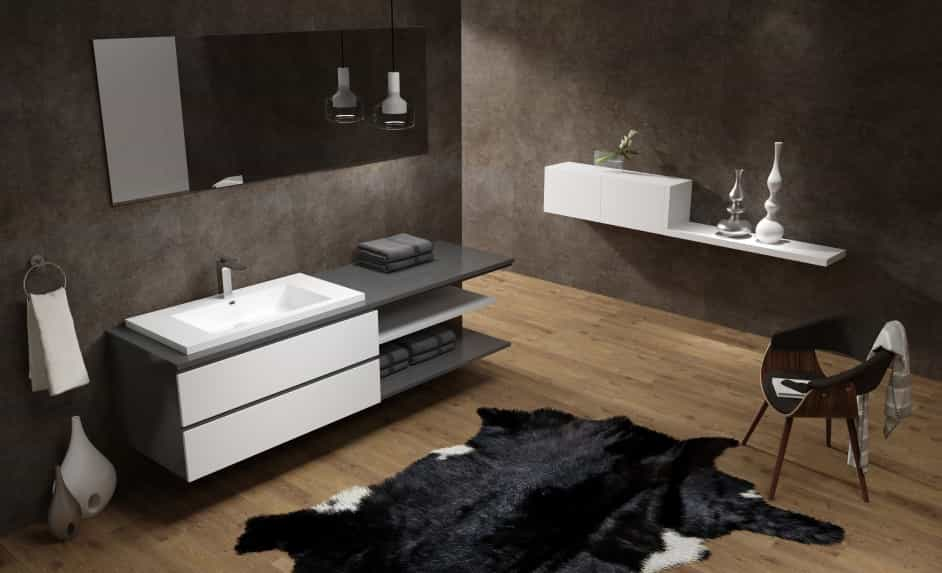
Placing plants in the living room of the home is already something that many families will do. What kind of Feng Shui attention should be paid to the placement of plants in the living room? If you want to know more, please take a look at the relevant content below!
Feng shui arrangement of living room plants
The principle of feng shui placement of plants in the living room is one: plant decoration embellishes the green living room
Living room greening is also the focus of home greening. The greening of the living room should strive to be pleasing to the eye, warm and natural. For example, plants with large and simple leaves can increase the sense of magnificence in the living room, and ornamental leaf plants with complex shapes and changing colors can enrich the color of the living room.
The second principle of feng shui placement of plants in the living room: plant decoration reflects the home style
Living room plants can create a warm and free atmosphere at home. While creating a peaceful and warm atmosphere and returning to basics, it can also show the owner’s taste and make the living room overflow with more humanistic colors. The choice of plants can reflect the personality of the owner to a certain extent, for example: green radish is delicate; lily is quiet; clivia is noble; asparagus is delicate; orchid is refined.
The third principle of feng shui placement of plants in the living room: tips for plant placement
There should not be too many plants in the living room, otherwise it will affect the airflow in the living room and cause the living room to be overcast. At the same time, when placing plants, you should pay attention to the appropriate size and matching, which has achieved a well-proportioned decorative effect. For example, relatively large plants can be placed at the entrance of the living room, the corner of the hall, beside the stairs and other places that do not affect people’s activities; small foliage plants can be placed on coffee tables, low cabinets, corner sofas, etc.
The fourth principle of feng shui placement of living room plants: withered plants should be replaced at any time
Plants placed in the living room must not place withered plants, because withered plants will have a negative impact on home feng shui. So be sure to maintain a vigorous growth state. If the plants in the living room wither, they must be replaced in time.
Placement requirements for Feng Shui plants in the living room
1. The plants in the living room should be mainly small and medium-sized.
Usually, in the home, medium and small plants should be the main ones, instead of large plants, so as not to cause a sense of oppression in the living room due to visual reasons.
2. The number of plants placed in the living room should be appropriate
The plants in the living room should first focus on decoration, so the number should be enough to achieve the purpose of decoration, and should not be too many, otherwise it will give people a messy feeling, and it will also affect the air flow in the living room, which will cause the living room to be overcast.
3. Pay attention to the placement of plants
It is advisable to place plants so as not to hinder people from walking around; when placing plants, attention should also be paid to the matching of small and medium-sized plants to achieve a well-proportioned visual effect.
For example, relatively large plants can be placed at the entrance of the living room, the corner of the hall, beside the stairs and other places that do not affect people’s activities; small foliage plants can be placed on coffee tables, low cabinets, corner sofas, etc. .
How to arrange plants in the living room
The living room is the space where plants are most often placed in the home and has the most visual effect. The living room focuses on sufficient light, so try to avoid placing too many dense potted plants on the balcony to avoid blocking the sun. A bright living room can bring prosperity to the family.
When arranging plants, you should first focus on the beauty of decoration, and the number should not be too large. Too many are not only messy, but also harmful to plant growth. The choice of plants must pay attention to the size of the collocation.
In addition, indoor plants should be placed to the side so that people can move around. Large potted plants, such as Brazilian wood, fake betel nut, fragrant dracaena, araucaria, cycad, rubber tree, etc., can be placed at the entrance of the living room, the corner of the hall, beside the stairs; small foliage plants, such as spring feathers, golden Dieffenbachia, colorful taro, etc., can be placed on coffee tables and low cabinets; medium-sized foliage plants, such as palm bamboo, agave, monstera and other hanging plants, as well as false embankments, ivy, duck stone grass, etc. can be placed In the table cabinet, corner sofa.
Classification of Feng Shui Plants
Indoor plants used for Feng Shui can be divided into two categories, one is evergreen plants used for “prosperity”, and the other is cactus plants used for “dispelling evil spirits”.
One of the main principles is to place evergreen plants with large leaves in prosperous positions, cactus plants in unfavorable positions, and any plants in other positions. Placing some thick-leaved or big-leaved evergreen plants in the prosperous position will have the effect of flourishing, which can add wealth to the house. For example, evergreen plants such as cycads and evergreens are ideal. Tall, bushy evergreens also help counteract the ominous sharp corners created by the living room’s irregular walls.
In addition to the plants mentioned above, other plants such as Ficus broadleaf, Sanwei sunflower, Sansevieria indigo, Lucky bamboo, etc. also have the effect of flourishing. Bamboo is a suitable plant for viewing and decoration, and it is also acceptable to hang bamboo flowers in prosperous places. In addition, hanging peony paintings is also good for luck. The peony is known as the flower of wealth and honor, and hanging the flower of wealth and honor in the prosperous position can be said to be the icing on the cake. There are thorn plants placed in unfavorable positions, as well as keels, jade unicorns, roses and rhododendrons. These plants are suitable to be placed in the unfavorable position of the house.
How to arrange the plants in the living room to prosper the family
1. When configuring plants, you should first focus on the beauty of decoration, and the number should not be too large, otherwise it will not only be messy, but also grow poorly. The choice of plants must pay attention to the combination of small and medium-sized plants. In addition, it should be placed at a corner so as not to hinder people from walking around.
2. Pay attention to the placement of plants so as not to hinder family activities or appear disorganized. Large potted plants, such as Brazilian wood, fake betel nut, fragrant dracaena, araucaria, cycad, rubber tree, etc., can be placed at the entrance of the living room, the corner of the hall, beside the stairs; small foliage plants, such as spring feathers, golden Dieffenbachia, colorful taro, etc., can be placed on coffee tables and low cabinets; medium-sized foliage plants, such as palm bamboo, agave, monstera and other hanging plants, as well as false embankments, ivy, duck stone grass, etc. can be placed In the table cabinet, corner sofa.
3. In addition, the layout of the living room’s financial position is also very important. If you have wealth, everything will go smoothly, and the luxuriant bonsai lining with wealth can make your fortune better. Bonsai flowers and leaves must be round and large, avoid conifers and rhododendrons. Especially plants such as fortune tree and evergreen are the best, because such plants symbolize the owner’s positive, optimistic and enterprising attitude towards life, and the height of the vase should preferably be more than half the height of the house. If the height of the vase is not enough, it can be raised with a shelf, so that people can capture the scenery just right as soon as they enter the door, which is too beautiful to behold. Teacher Dong Yilin is here to tell everyone that since plants are outdoors and are yin, only by tying red ribbons or sticking red paper on plants or pots to turn yin into yang can they be placed in the living room.
4. The living room is the place with the most functions in the home. It is a very important activity space where friends gather, take a leisurely nap, watch TV, etc. The living room focuses on sufficient light, so try to avoid placing too many dense potted plants on the balcony to avoid blocking the sun. A bright living room can bring prosperity to the family.
5. The feng shui of the living room is related to the harmony of the family and the cultivation of interpersonal connections, which will eventually affect the fortune and prospects of the family. Usually, medium and small potted plants or flower arrangements are the main method. Avoid using large potted plants, so as not to attract mosquitoes and create a sense of oppression. Special festive events can be arranged temporarily. Families with busy work on weekdays choose green foliage plants to relieve stress. During holidays and leisure, they can be decorated with colorful flowers and leaves.
6. Foliage plants must be placed in the living room. If the plants seem to wither, it means that there is insufficient energy in the home. It is best to place at least one 1.8-meter foliage plant and at least 3 pots of small potted plants in the living room.
The living room is a place where relatives and friends gather. If you put some plants in the living room, it will not only increase the harmonious atmosphere of the family, but also conform to the feng shui of the living room! After all, what feng shui issues should be paid attention to when placing plants in the living room? What kind of plants are suitable for the living room? With these questions in mind, let’s take a look at the introduction below!
Small and medium-sized potted plants or flower arrangements
The plants placed in the living room should usually be medium and small potted plants or flower arrangements. Avoid using large potted plants, so as not to attract mosquitoes and create a sense of oppression. Special festive events can be arranged temporarily. Families with busy work on weekdays choose green foliage plants to relieve stress. During holidays and leisure, they can be decorated with colorful flowers and leaves.
Foliage plants must be placed in the living room
If the plants seem to wither, it means that there is insufficient energy in the home. It is best to place at least one 1.8-meter foliage plant and at least 3 pots of small potted plants in the living room.
different plants, different locations
The placement of flowers in the living room should not pursue “quantity”. Flowers are always only used as decorations for furniture, and the living room cannot be made like a greenhouse. Different plants have different positions. Large potted plants, such as Brazilian wood, fake betel nut, fragrant dracaena, araucaria, cycad, rubber tree, etc., can be placed at the entrance of the living room, the corner of the hall, beside the stairs; small foliage plants, such as spring feathers, golden Dieffenbachia, colorful taro, etc. can be placed on coffee tables and low cabinets; medium-sized foliage plants, such as palm bamboo, agave, monstera and other hanging plants, as well as false embankments, ivy, duck stone grass, etc. can be placed In the table cabinet, corner sofa.
The feng shui of the living room is related to the harmony of the family and the cultivation of interpersonal connections, which will ultimately affect the fortune and prospects of the family. Usually, medium and small potted plants or flower arrangements are the main method. Avoid using large potted plants, so as not to attract mosquitoes and create a sense of oppression. Special festive events can be arranged temporarily. Families with busy work on weekdays can choose green foliage plants to relieve stress. During holidays and leisure, they can be decorated with colorful flowers and leaves.
Foliage plants must be placed in the living room. If the plants seem to wither, it means that there is insufficient energy in the home. It is best to place at least one 1.8-meter foliage plant and at least 3 pots of small potted plants in the living room.
Plant arrangement should focus on the decorative beauty first, and the number should not be too much, otherwise it will not only be messy, but also the growth condition will be poor. The choice of plants must pay attention to the combination of small and medium-sized plants. In addition, it should be placed at a corner so as not to hinder people from walking around.
Pay attention to the placement of plants so they don’t obstruct family activities or appear cluttered. Large potted plants, such as Brazilian wood, fake betel nut, fragrant dracaena, araucaria, cycad, rubber tree, etc., can be placed at the entrance of the living room, the corner of the hall, beside the stairs; small foliage plants, such as spring feathers, golden Dieffenbachia, colorful taro, etc., can be placed on coffee tables and low cabinets; medium-sized foliage plants, such as palm bamboo, agave, monstera and other hanging plants, as well as false embankments, ivy, duck stone grass, etc. can be placed In the table cabinet, corner sofa.
In addition, the layout of the living room is also very important. If you have wealth, everything will go smoothly, and the luxuriant bonsai lining with wealth can make your fortune better. Bonsai flowers and leaves must be round and large, avoid conifers and rhododendrons. Especially plants such as fortune tree and evergreen are the best, because such plants symbolize the owner’s positive, optimistic and enterprising attitude towards life, and the height of the vase should preferably be more than half the height of the house. If the height of the vase is not enough, it can be raised with a shelf, so that people can capture the scenery just right as soon as they enter the door, which is too beautiful to behold. Teacher Dong Yilin is here to tell everyone that since plants are outdoors and are yin, only by tying red ribbons or sticking red paper on plants or pots to turn yin into yang can they be placed in the living room.
The most visual effect and the most expensive plants should be placed in the living room, and the number should not be too many. The selection of plants should pay attention to the combination of medium and small, and they should be placed at the corners.
Flowers add vibrancy and energy to the home
Flowers have a strong feng shui effect. Their color and shape will affect the energy of the house. Withered flowers will have a negative impact. It is necessary to change the water every day and cut the flower stems to make it last longer. At the same time, it is best not to use dried flowers.
The temperament of the plant should be in harmony with the character of the owner and the atmosphere of the room.
The layout of the living room should avoid placing messy green plants or ordinary ornamental flowers scattered on the window sill, fireplace and TV in the living room. The room that is too high can be lowered by using hanging baskets and vines. Lower rooms can be elevated with neat, straight plants.
Planting containers and placement
Glass vases are suitable for the northern part of the house. Spherical vases are suitable for the west or northwest of the house. Tall and deep wooden bottles are suitable for the east or southeast of the residence. Conical vases are suitable for the southern part of the house. Pottery bowls are suitable for the southwest or northeast of the residence.
Proportion of plant balance is also important
Plants with large and simple leaves can increase the magnificent decoration of the living room, while ornamental leaves with complex shapes and more colors can enrich the monotonous room. Plants with arching foliage can make a narrow room appear larger than it really is.
Four kinds of flowers should not be close
Coniferous flowers: oily fragrance, easy to make people feel sick. Tuberose: At night, it emits a large number of particles that strongly stimulate the sense of smell, which is too harmful to patients with high blood pressure and heart disease. Tulip: The flowers are poisonous, and the hair will fall off easily if exposed to too much. Oleander: The flowers are poisonous, and the fragrance of the flowers can easily make people drowsy and reduce intelligence.
Pros and Cons of Feng Shui Plants in the Living Room
Potted plants in the living room Feng Shui taboo one: When purchasing plants, pay special attention to the shape of the leaves. In the feng shui of the living room, generally the leaves of the plants are pointed, which will produce sharp corners to attack evil spirits, so it is not suitable to be placed in the house; it is better to choose plants with more round stems and leaves, which means that their potential energy is a good omen of.
Potted plants in the living room Feng Shui Taboo 2: When choosing the color of plants, we often have many choices. Generally, from the perspective of color harmony and balance, red and yellow with strong yang energy are lucky colors. Red is generally placed in the south, while yellow is best placed in the southwest and northeast. According to Feng Shui, white and blue are called cool colors, so it is best to use bright colors as a match for plants of this color.
Three taboos for potted plants in the living room: If you choose flower arrangement, pay attention to the shape of the flower arrangement. A good flower arrangement can embody a higher artistic charm and vitality, and show the accumulated image of various flowers with a unique and unique temperament. However, as a post-processed flower, it cannot maintain the moisture and health of the original plant. This is called insufficient growth in Feng Shui of the living room, which is not conducive to the fate of the owner.
Potted plants in the living room Feng Shui taboo four: Plants in the room can purify the toxins in the air and produce fresh air. In the case of many household appliances, it can also reduce the radiation damage to the body. However, in the feng shui of the living room, some plants are taboo to be placed in the living room or bedroom, for example: cacti with thorns, weeping willows with drooping leaves, and Chlorophytum. It is recommended to choose potted plants with feng shui value, such as fortune tree, peony, lily and so on.
The living room has always been an important part of the feng shui of the house. The potted plants in the feng shui should not be underestimated. I hope everyone can promote the feng shui of the living room and bring you a lot of wealth.







